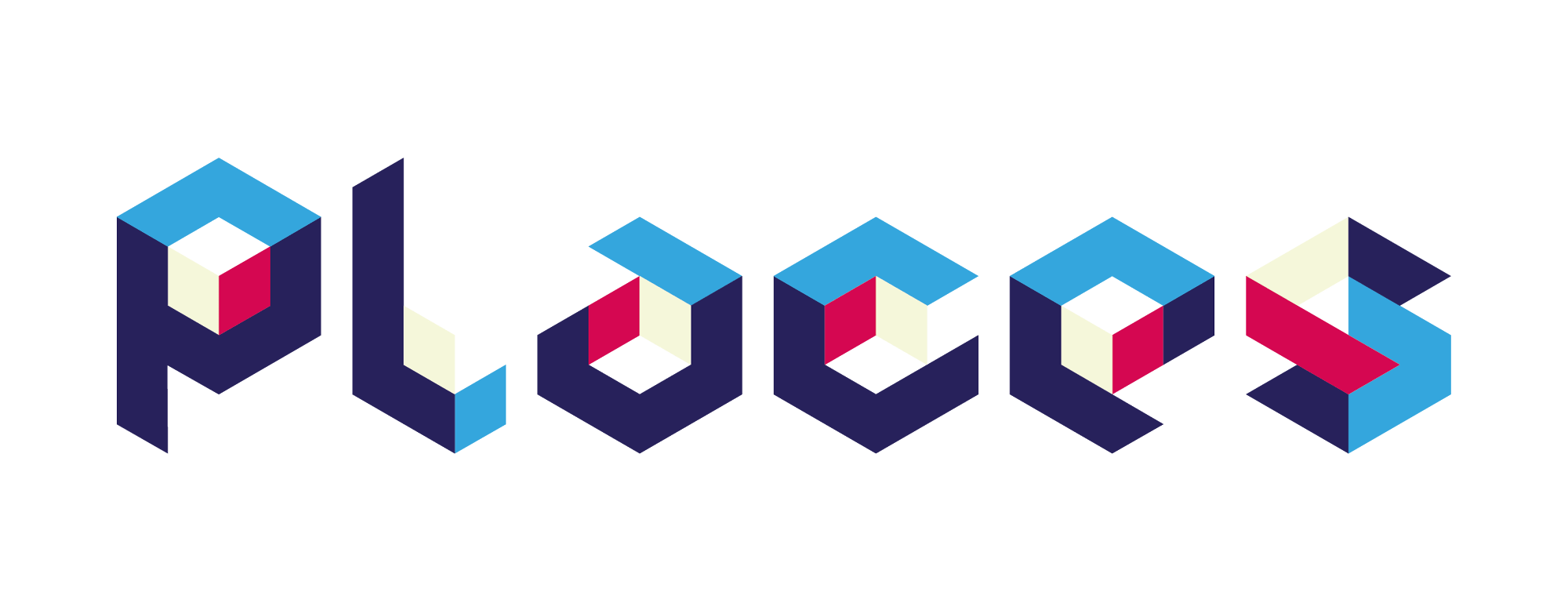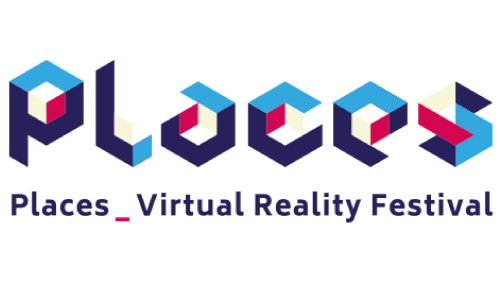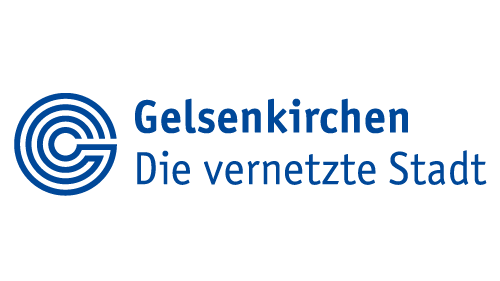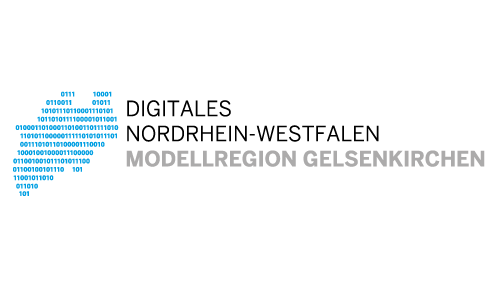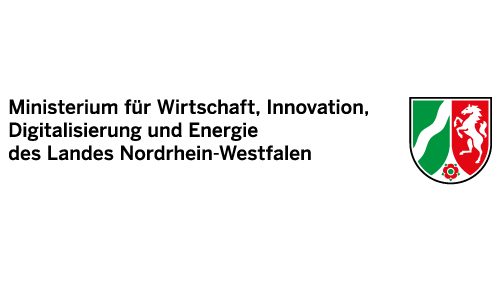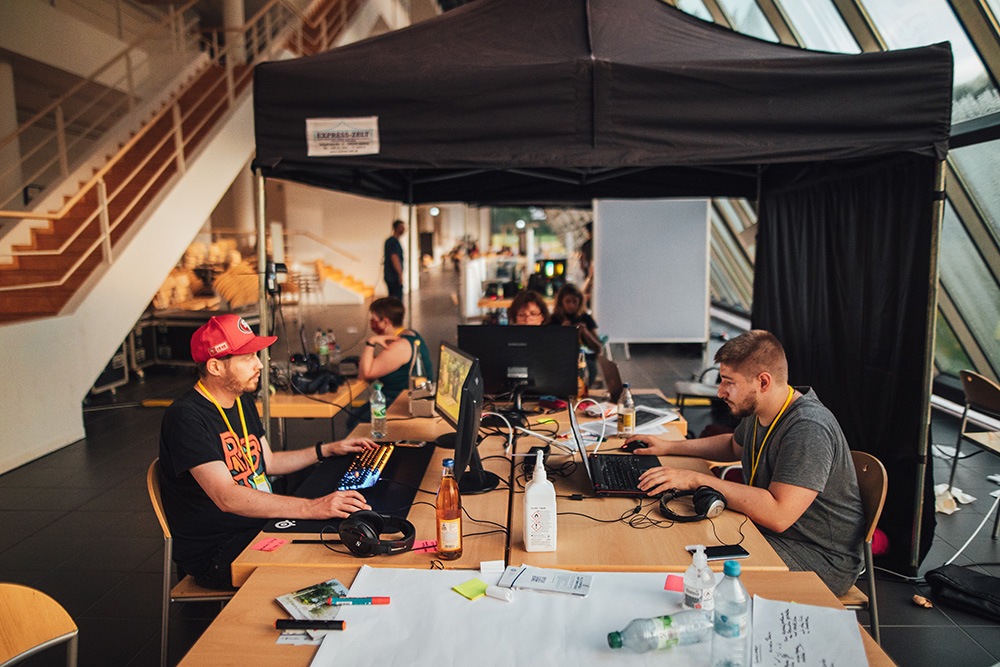
(c) Places _ VR Festival / Medienmalocher, Ravi Sejk
24-hour hacking – for the city of the future
What should the city of the future look like? Somehow digital – probably but also sustainable and worth living in? At this year’s Places _ VR Hackathon, the participants tried to find answers to this question, and they did so using technologies of Extended Reality (VR, AR, MR).
This year, the Hackathon brought together 25 participants from different professions and fields to develop useful and creative prototypes for given problems – the challenges. The whole thing with the possibilities of Extended Reality and the time was short, because the prototypes had to be developed within only 24 hours.
First of all, of course, it was all about concrete challenges and working approaches, which the topic sponsors had to pitch in front of the participants. In the end, four teams were formed around various case studies. These challenges were selected by the hackathon teams – on the one hand because XR technologies promised good solutions, on the other hand because the teams considered the selected problems to be particularly relevant.
The Soest funfair was the focus of a challenge by the city of Soest, which like Gelsenkirchen is part of the NRW Digital Model Regions. In 682 years the event has only been cancelled 3 times. Also in 2020 the funfair will be cancelled due to corona. The question here was: How can such a traditional event be experienced in digital space? But the city of Soest directly had another challenge in its luggage, which was very close to life but nevertheless more complicated – the digital cemetery. It was about death and the digital legacy. So: How can a cemetery benefit from the innovative power of extended reality?
From the city of Paderborn, also a pioneer in digitization in NRW, came a challenge in the field of “mobility” and the combination of IOT, Big Data and XR. The castle intersection in Paderborn is equipped with sensors to evaluate real-time data on traffic volumes. The question is: How can these data, algorithms and VR work together?
Last but not least, a group has dealt with the challenge of the open landscape lap (cooperation lala.ruhr & innovation drivers). With VR, AR and MR we want to develop possibilities to give people options for action to answer the question how we can use open data for the collaborative design of green landscapes in the city?
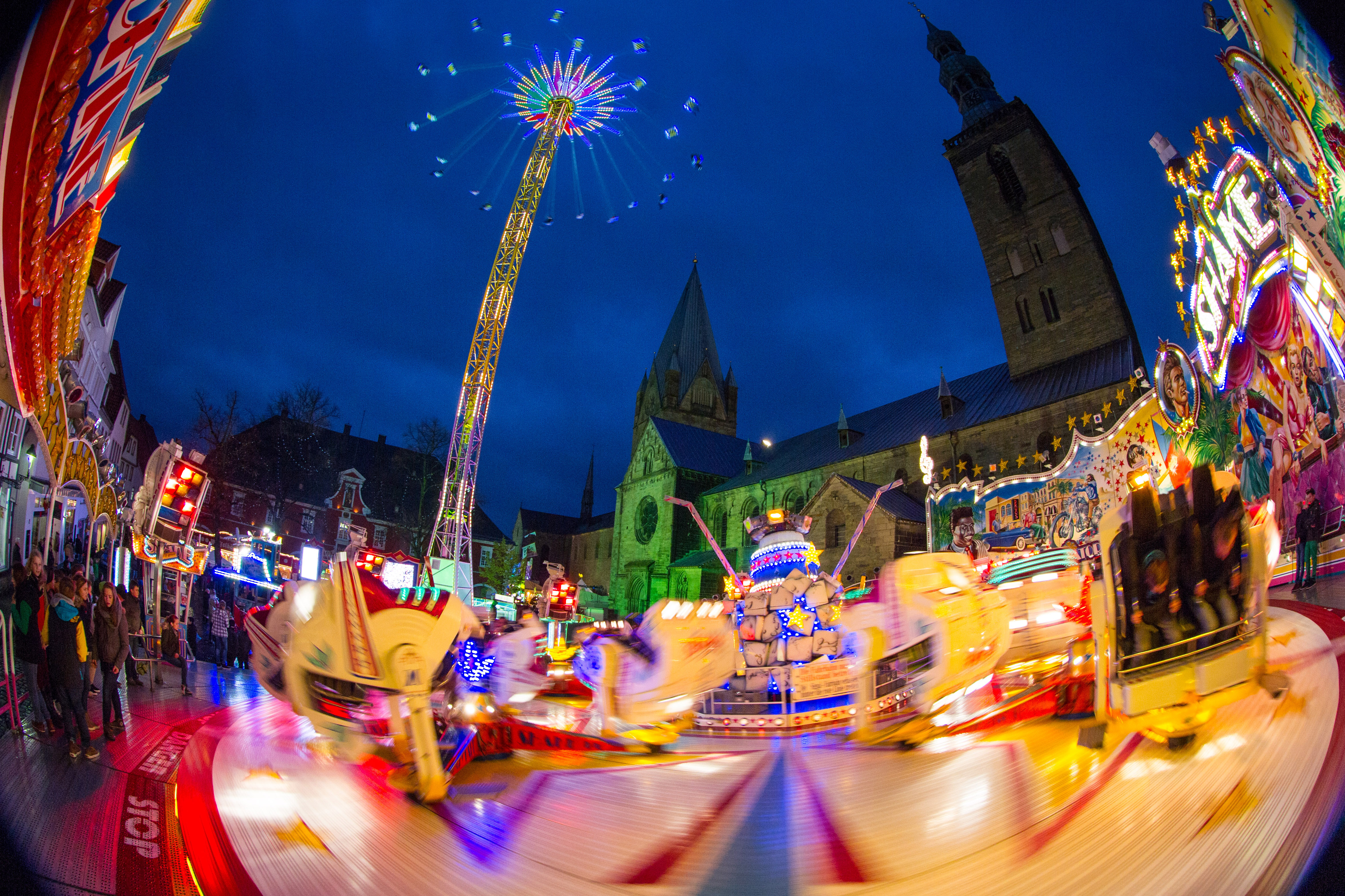
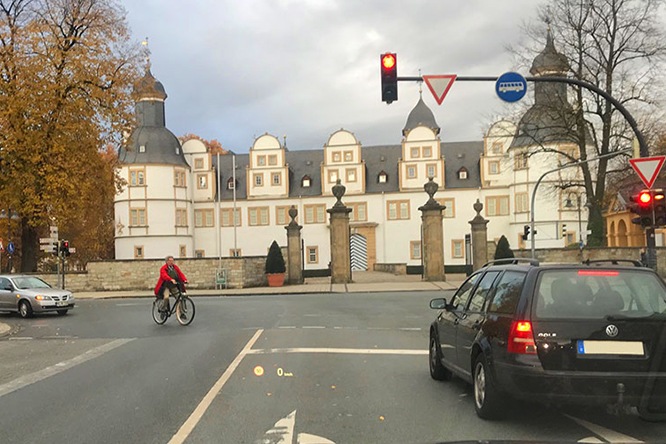
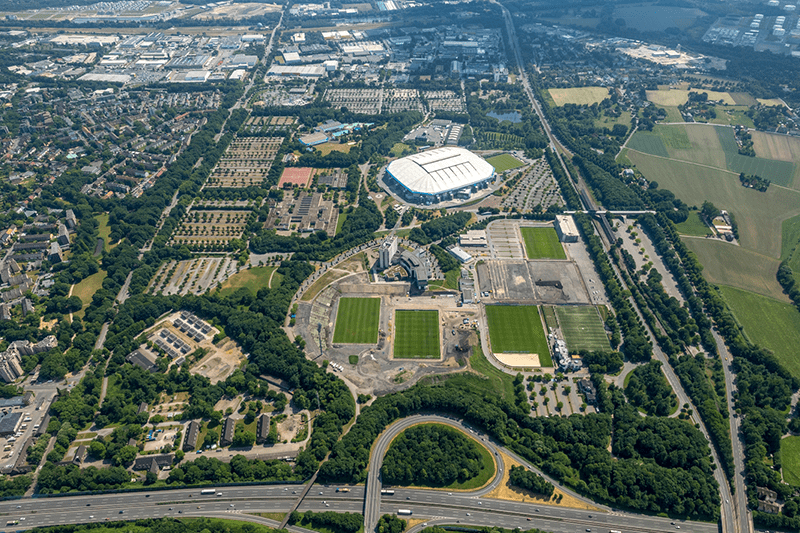
How did the Hackathon go?
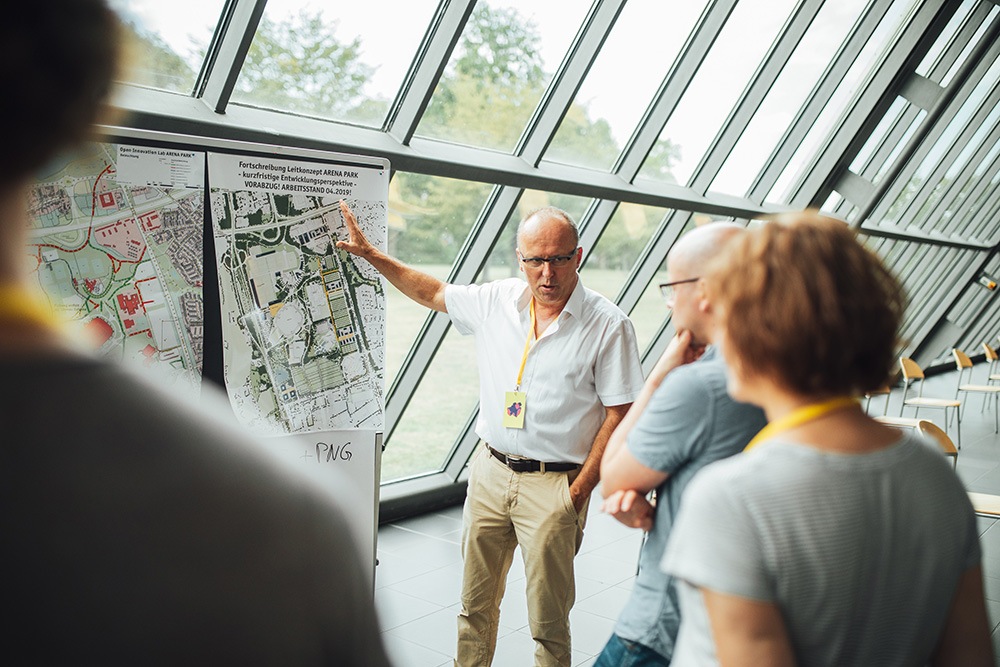
(c) Places _ VR Festival / Medienmalocher, Ravi Sejk
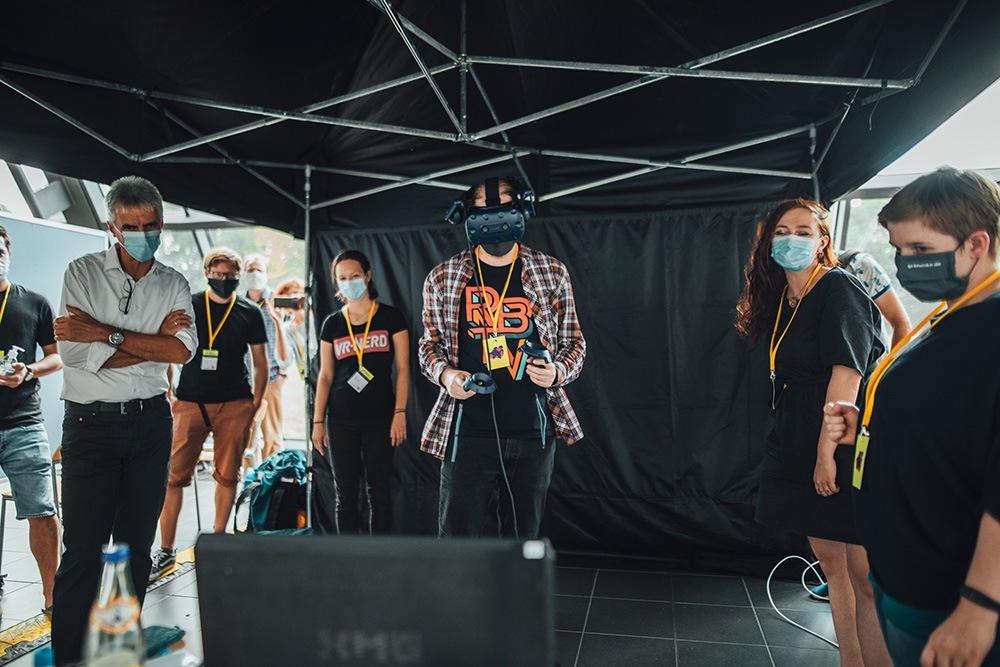
(c) Places _ VR Festival / Medienmalocher, Ravi Sejk
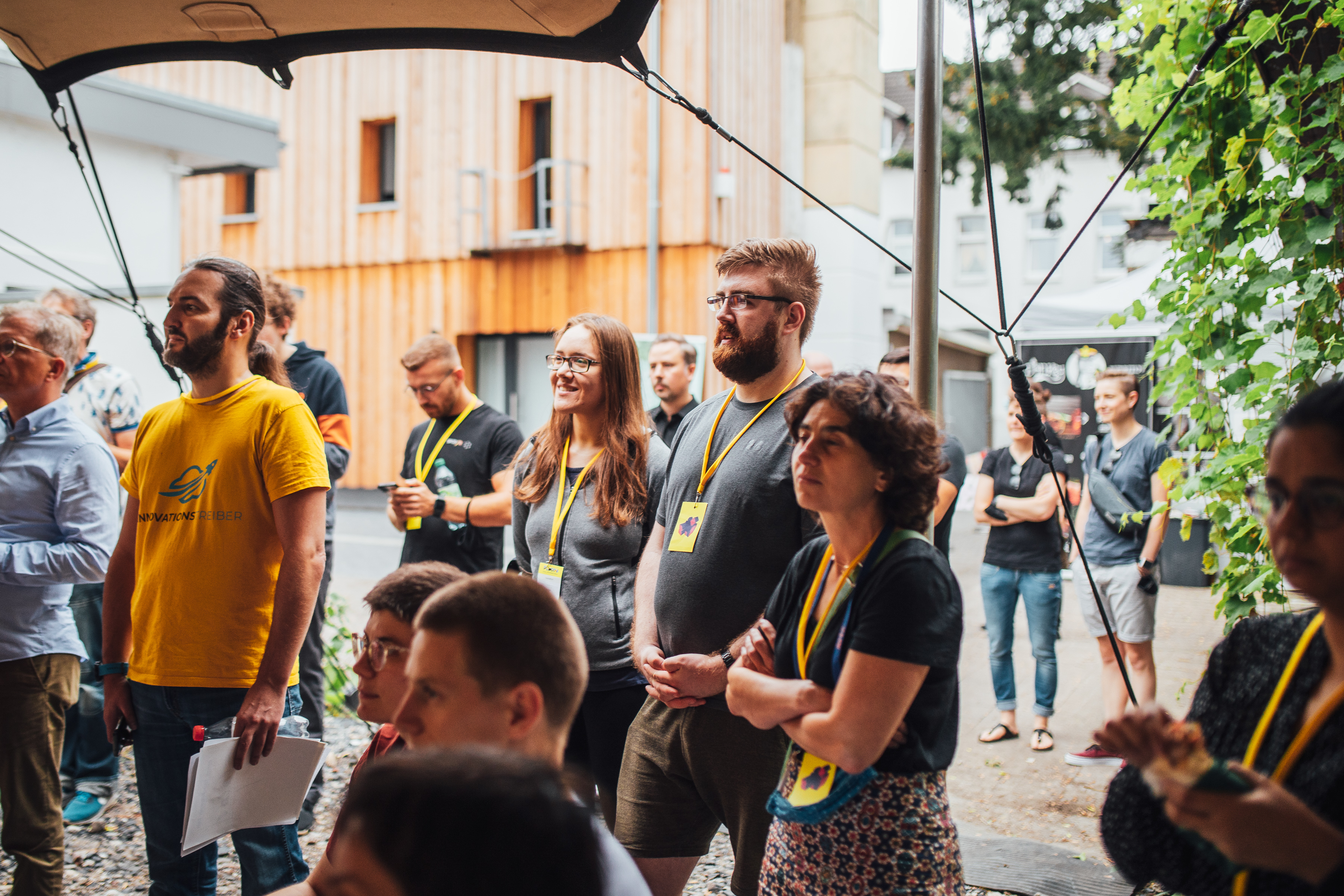
(c) Places _ VR Festival / Medienmalocher, Ravi Sejk
At noon on Friday (August 21, 2020), the participants from Germany and abroad met at the Science Park in Gelsenkirchen. Spread out in the arcade of the Science Park, the theme sponsors competed for their challenges in front of the participants. Four challenges were then chosen by the teams.
After a team-building phase in which they got to know each other and discuss their working methods, the start of coding was at 4 pm. The teams set up at their workplaces, discussed and brainstormed their ideas, concretized them and started to implement them. On Saturday afternoon (4 p.m.), after 24 hours, the “whistle” was blown and all teams had to stop working. The jury, led by Farina Hamann, Dr. Eike Langbehn and Wolfgang Jung, looked at the prototypes and solutions and put the applications through their paces.
There were obviously no limits to creativity and the teams developed innovative solutions in the short time available. After the presentation in front of the jury, all participants changed location and gathered in the courtyard of the festival center on Bochumer Straße. One after the other the teams presented their solutions in a three minute pitch.
Using a VR sandbox solution from the “City Greenymizers” team, the group visualizes urban development measures and creates easy access to the participation of citizens in green building projects. In the VR app, trees, buildings, green spaces, water areas, etc. are placed in a defined area from a table-top view. Once the design is finished, the user can dive into his created building project, true to scale, and let it take effect on him. Preliminary data on heat generation, noise pollution and stress levels complement the application. With this VR experience the group wants to bring city planners* and citizens closer together. This way they can be more involved in the process. In turn, the planners will gain a better understanding of the needs of the people in the city.
The model intersection “Schlosskreuzung” in Paderborn already uses sensors at the traffic lights to collect information on traffic jams, driving behavior and other parameters. The “AR-Traffic” group has been looking into possible uses of this data and has already thought about future technologies. In this case autonomous driving. With Car to X, i.e. “car to environment”, the car communicates with an undefined receiver. The user sits as a “driver” in the self-propelled car and is supposed to understand the process that takes place from the sensors to the data exchange and evaluation of the car.
Germany’s largest inner-city fair had to be cancelled this year due to corona. The VIRMES 2020 team therefore moved the experience into digital space in their prototype. In the augmented reality app, the user is able to experience the fun fair day and night. Economic thoughts are also part of the prototype: In the plans, part of the proceeds will be donated to the exhibitors, who will have high losses in 2020 due to the corona pandemic.
The group “Trost in Soest” has put a clear focus on the very personal in their VR prototype. What do I want to show my survivors? What do I want to give them on their way? These are two central questions of this application. Within the application you can design your own grave and integrate personal items there. The group’s goal is to think about the digital legacy further – perhaps to change the culture of dying in a sustainable way and to put the positive approach to death in the foreground.
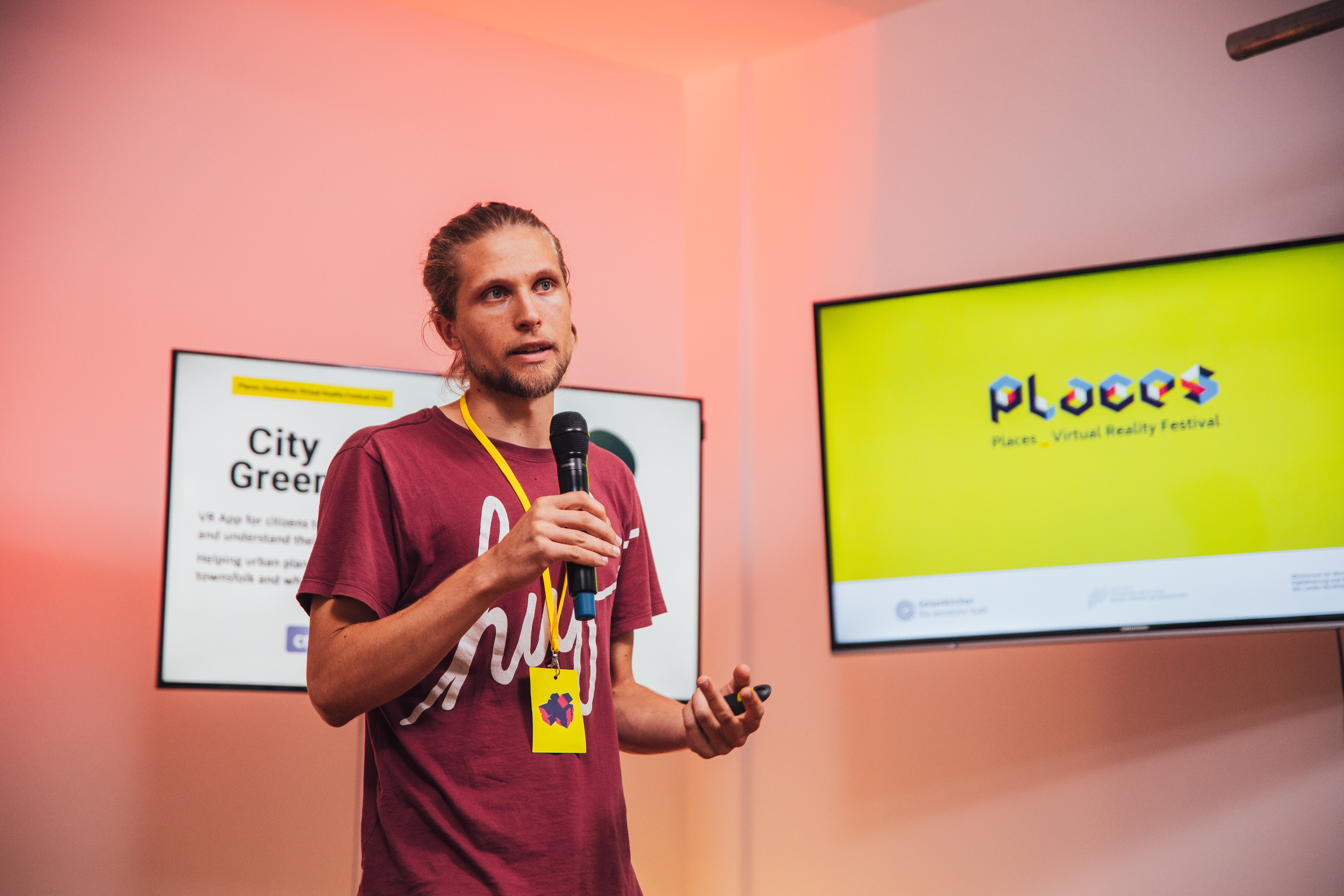
(c) Places _ VR Festival / Medienmalocher, Ravi Sejk
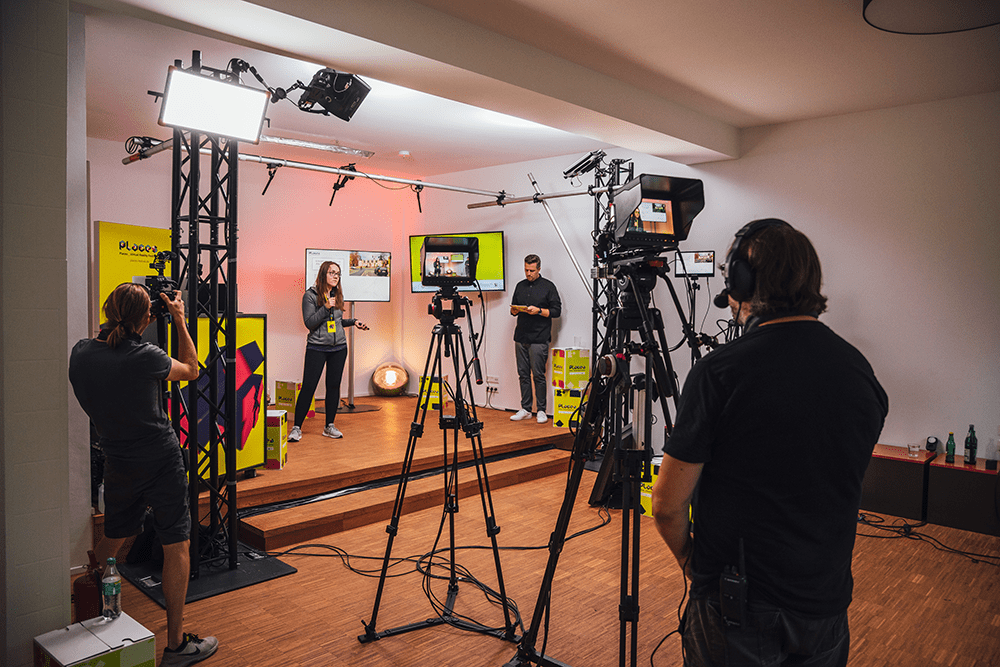
Winners
After the jury’s deliberations and following the pitches and an online voting for the audience award, the following winners were determined.
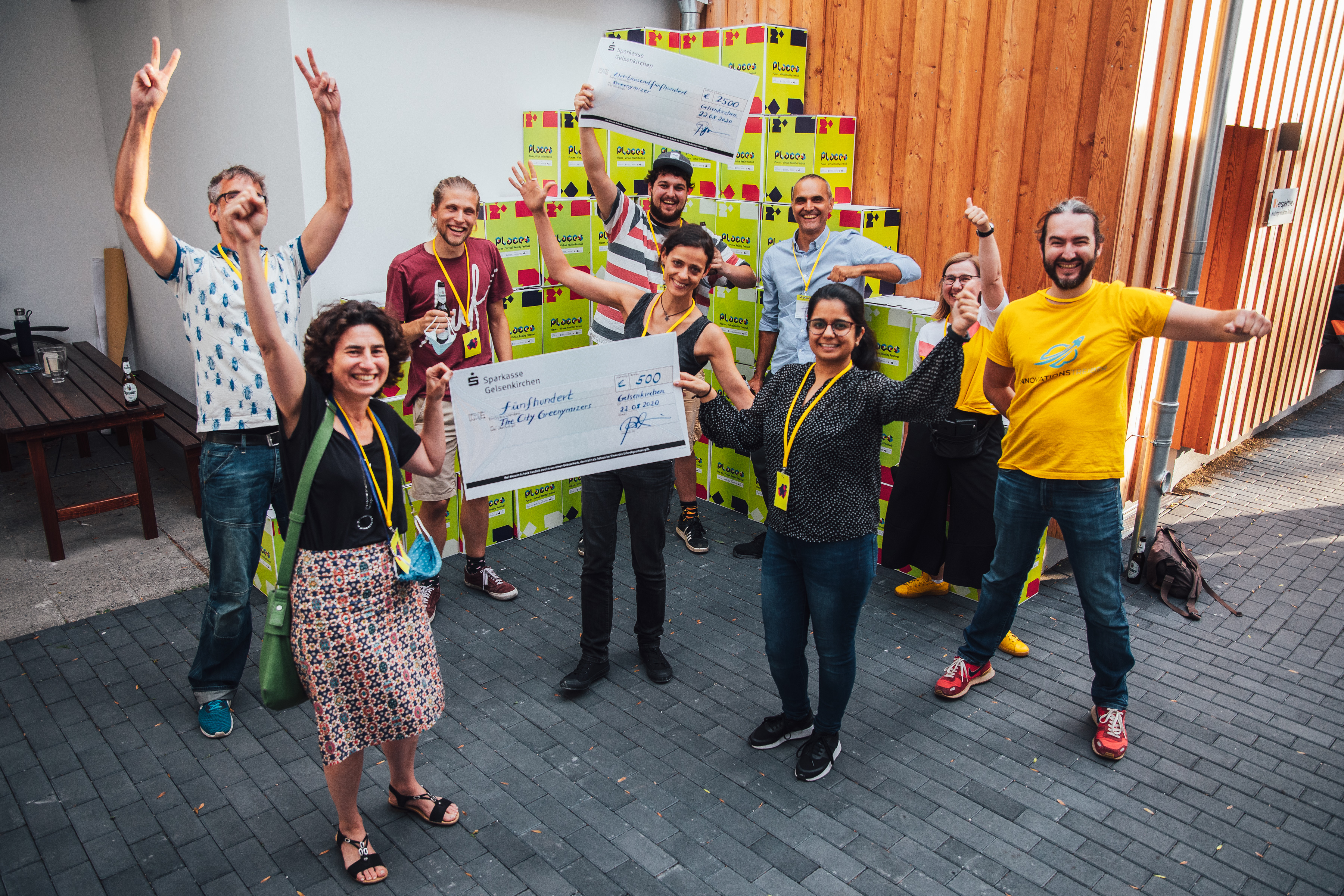
Category: Best Prototype
Winner: City Greenymizers
Prize: 2.500 Euro sponsored by Sparkasse Gelsenkirchen
Kategorie: Pubilc vote prize
Winner: City Greenymizers
Prize: 500 Euro sponsored by innogy Stiftung für Energie und Gesellschaft gGmbh
Jury’s decision: With their VR application, the group occupied a current very relevant topic, sustainable urban planning:. The special thing about it is that direct feedback is given to the planner in the sandbox, thus enabling a participatory interaction between residents and the urban planners. The jury also praised the fact that the prototype was not just a dummy, but that a large part of the functions could actually be operated after 24 hours of developing.
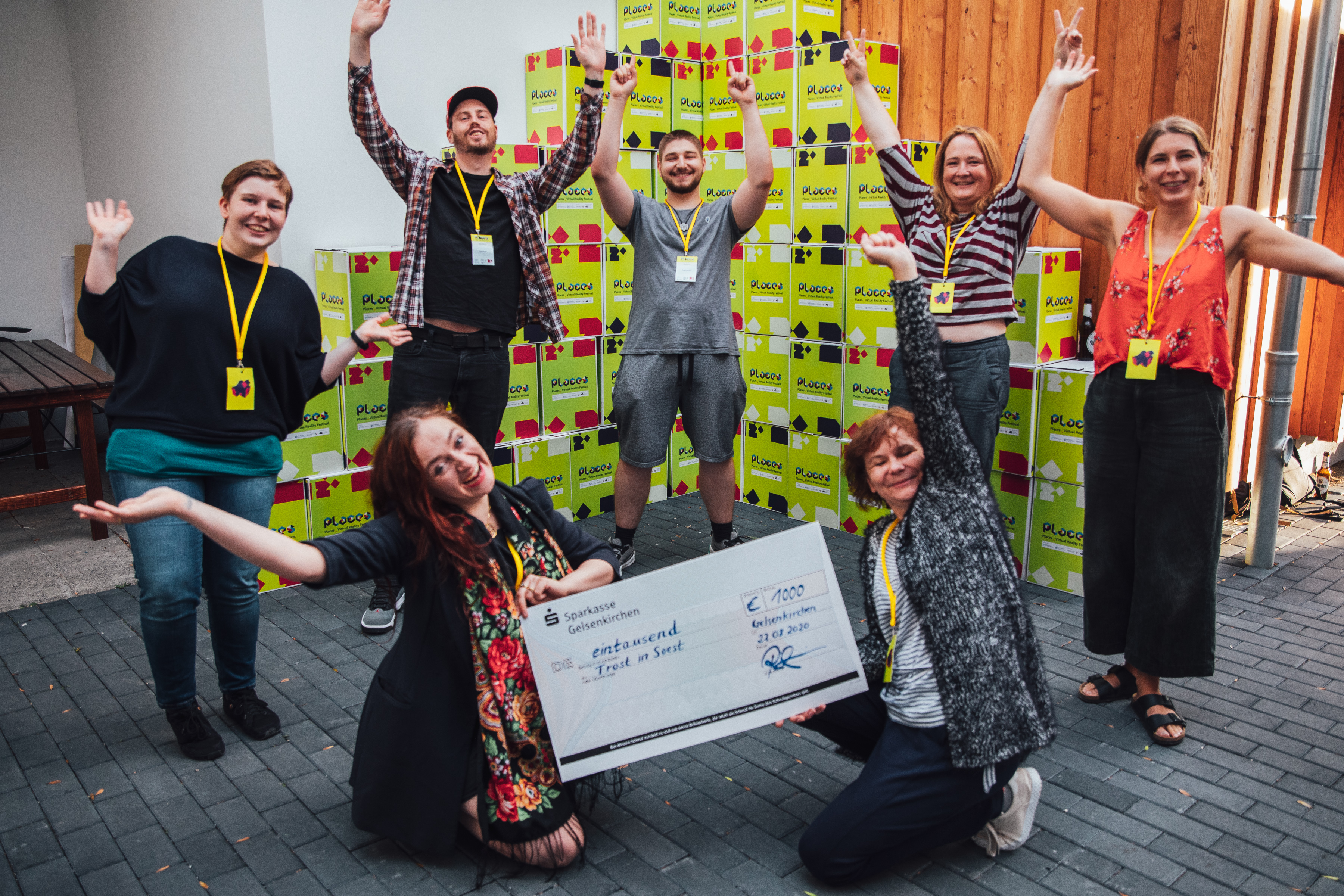
Category: Beste Idea
Winner: Trost in Soest
Prize: 1.000 Euro sponsored by the IHK Nord Westfalen
Jury’s decision: The team has given a lot of thought to how to create a digital culture of dying. Through audio logs, videos, pictures or 3D objects that can be displayed around the virtual grave of the deceased, the culture of remembrance of the deceased becomes more multidimensional. The team has thought about how to enrich a simple gravestone, on which only the name is written, with more information and thus also emotions.
